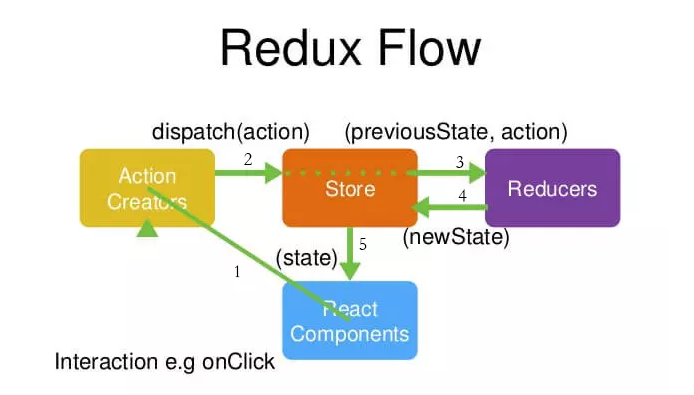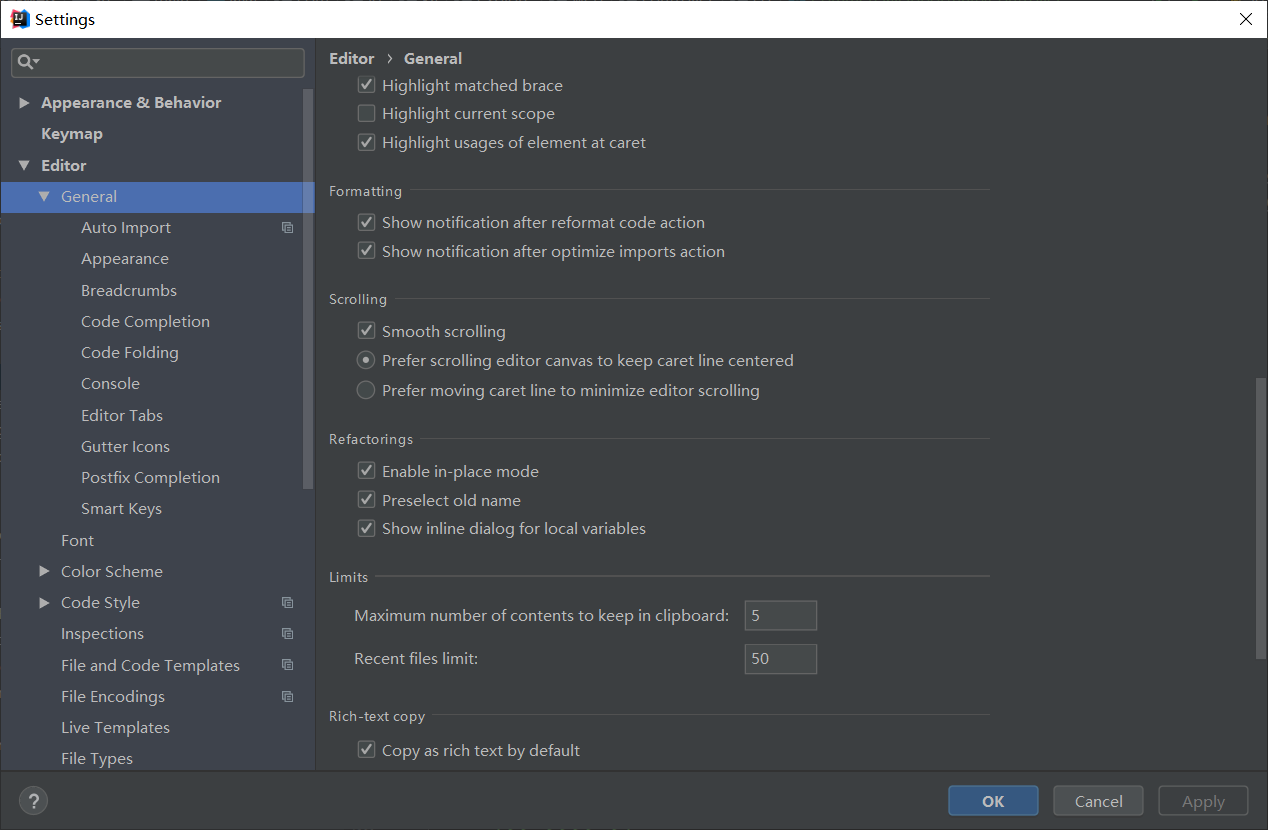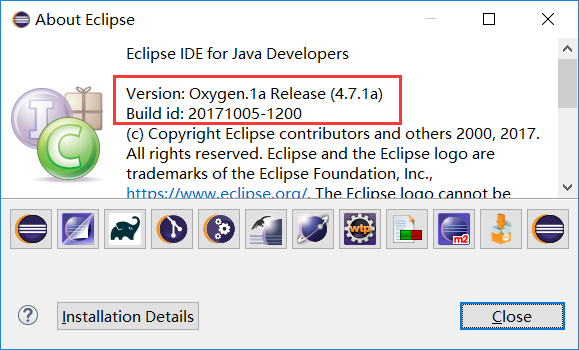nsq TCPServer(一)
TCPServer
func TCPServer(listener net.Listener, handler TCPHandler, logf lg.AppLogFunc) error {//listener是在nsqd New的时候创建的logf(lg.INFO, "TCP: listening on %s", listener.Addr())var wg sync.WaitGroupfor {clientConn, err := listener.Accept()if err != nil {if nerr, ok := err.(net.Error); ok && nerr.Temporary() {//判断是瞬时错误logf(lg.WARN, "temporary Accept() failure - %s", err)runtime.Gosched()//让当前goroutine让出CPUcontinue}// theres no direct way to detect this error because it is not exposedif !strings.Contains(err.Error(), "use of closed network connection") {//只抛出使用已关闭的连接错误return fmt.Errorf("listener.Accept() error - %s", err)}break}wg.Add(1)go func() {handler.Handle(clientConn)//每个连接都开一个goroutine去处理Handlewg.Done()}()}// wait to return until all handler goroutines completewg.Wait()logf(lg.INFO, "TCP: closing %s", listener.Addr())return nil}
Handle
func (p *tcpServer) Handle(clientConn net.Conn) {p.ctx.nsqd.logf(LOG_INFO, "TCP: new client(%s)", clientConn.RemoteAddr())// The client should initialize itself by sending a 4 byte sequence indicating// the version of the protocol that it intends to communicate, this will allow us// to gracefully upgrade the protocol away from text/line oriented to whatever...buf := make([]byte, 4)//处理连接时,先读出前4个字节数据,client 需要先写入4个字节的数据作为protocolMagic 一般是" V2"_, err := io.ReadFull(clientConn, buf)if err != nil {p.ctx.nsqd.logf(LOG_ERROR, "failed to read protocol version - %s", err)clientConn.Close()return}protocolMagic := string(buf)p.ctx.nsqd.logf(LOG_INFO, "CLIENT(%s): desired protocol magic '%s'",clientConn.RemoteAddr(), protocolMagic)var prot protocol.Protocolswitch protocolMagic {case " V2":prot = &protocolV2{ctx: p.ctx}//prot 关联nsqddefault:protocol.SendFramedResponse(clientConn, frameTypeError, []byte("E_BAD_PROTOCOL"))clientConn.Close()p.ctx.nsqd.logf(LOG_ERROR, "client(%s) bad protocol magic '%s'",clientConn.RemoteAddr(), protocolMagic)return}p.conns.Store(clientConn.RemoteAddr(), clientConn)//conns是sync.Map, key是addr,value是conn 添加kverr = prot.IOLoop(clientConn)//主要的处理逻辑循环if err != nil {p.ctx.nsqd.logf(LOG_ERROR, "client(%s) - %s", clientConn.RemoteAddr(), err)}p.conns.Delete(clientConn.RemoteAddr())//删除kv}
主要的IOLoop在二里面细说



































还没有评论,来说两句吧...